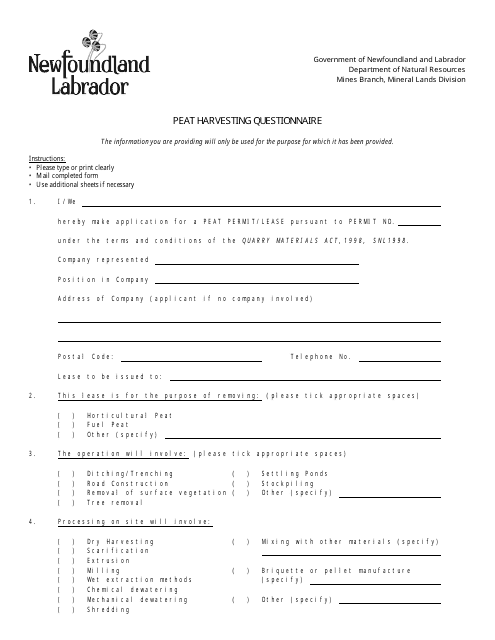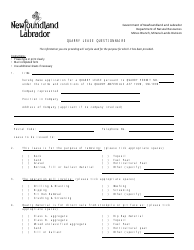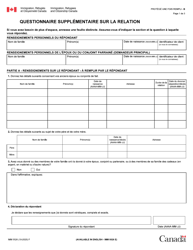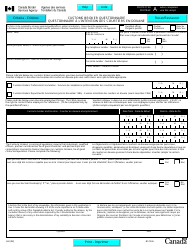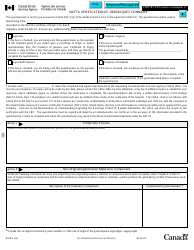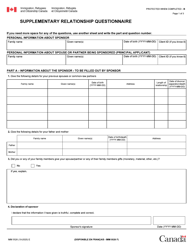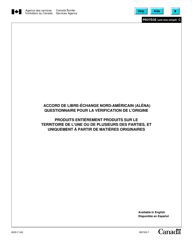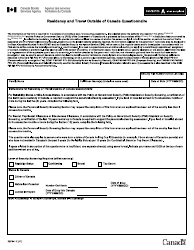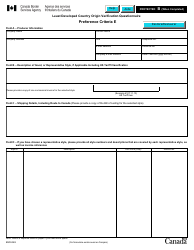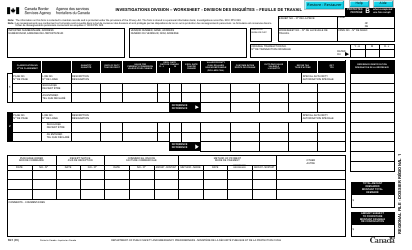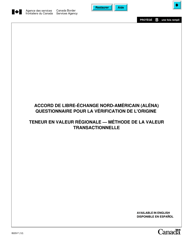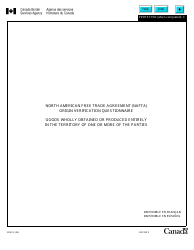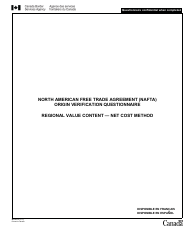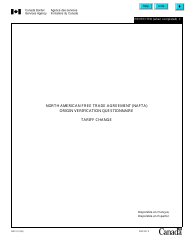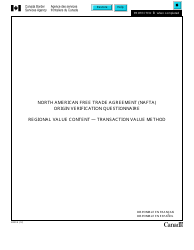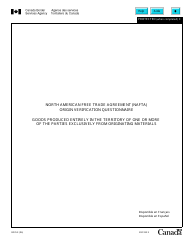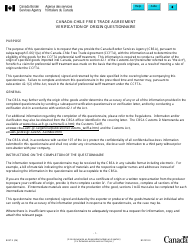Peat Harvesting Questionnaire - Newfoundland and Labrador, Canada
The Peat Harvesting Questionnaire in Newfoundland and Labrador, Canada is used to gather information and data about peat harvesting activities in the region.
The peat harvesting questionnaire in Newfoundland and Labrador, Canada is typically filed by the peat harvesting companies or individuals who are involved in peat extraction.
FAQ
Q: What is peat harvesting?
A: Peat harvesting is the extraction of peat from bogs or wetlands.
Q: Why is peat harvested?
A: Peat is harvested for use as a source of fuel, horticultural material, and soil conditioner.
Q: How is peat harvested?
A: Peat is typically harvested using specialized machinery that cuts and collects the peat from the bog.
Q: What are the environmental impacts of peat harvesting?
A: Peat harvesting can result in the loss of wetland habitats, release of carbon dioxide into the atmosphere, and disruption of water flow patterns.
Q: Is peat harvesting regulated in Newfoundland and Labrador?
A: Yes, peat harvesting is regulated in Newfoundland and Labrador to mitigate environmental impacts and ensure sustainable practices.
Q: Can peat harvesting be sustainable?
A: Peat harvesting can be sustainable if proper management and conservation practices are implemented.
Q: What are the alternatives to peat for gardening and horticulture?
A: Alternatives to peat for gardening and horticulture include compost, coir (coconut fiber), and various other organic materials.
Q: Are there any restrictions on peat harvesting in Newfoundland and Labrador?
A: Yes, there are restrictions on peat harvesting, including limitations on the size of areas that can be harvested and requirements for reclamation and restoration of harvested sites.
Q: Does peat harvesting impact climate change?
A: Peat harvesting can contribute to climate change due to the release of carbon dioxide, a greenhouse gas, from degraded peatlands.
